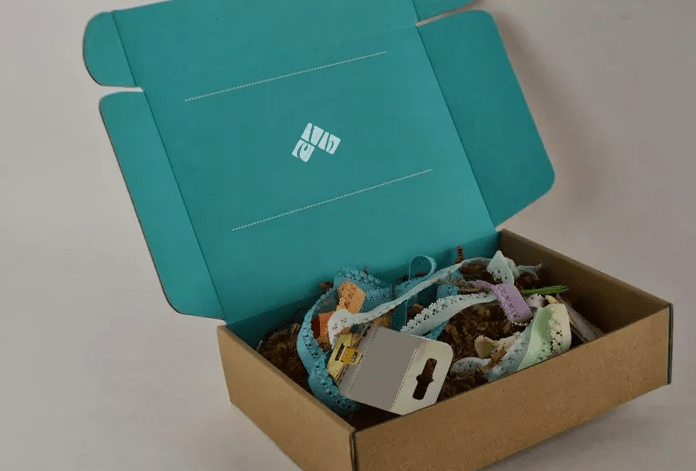As we already know custom beverage packaging is essential for protecting drinks, promoting brands, and making products more convenient to carry. But there was a time when people didn’t need boxes or bottles to enjoy their favorite drinks. Let’s explore how people managed without beverage packaging in ancient times and how packaging evolved to become an integral part of our modern lives.
Table of Contents
Ancient Times: Natural Solutions
In ancient times, people relied on natural resources to store and consume their beverages. Here are some ways they managed without modern packaging:
Clay Pots and Amphoras
The use of clay pots dates back thousands of years. Ancient civilizations like the Greeks and Egyptians used clay vessels, known as amphoras, to store liquids such as water, wine, and oil. These vessels were durable and could be sealed with a lid or wax to prevent spills and contamination.
Animal Skins and Bladders
In many cultures, animal skins and bladders were used as containers for liquids. These materials were lightweight, flexible, and relatively easy to transport. Nomadic tribes, for example, used water skins made from goats or sheep to carry water during their travels.
Bamboo and Gourds
In some regions, bamboo stalks and hollowed-out gourds served as natural containers for liquids. These materials were biodegradable and readily available, making them practical choices for storing and transporting beverages.
Leaf Wraps
For smaller quantities of liquid, people used large leaves to create makeshift cups or wraps. This method was common in tropical areas where large, sturdy leaves were abundant.
The Rise of Glass and Metal
As societies advanced, the need for more durable and efficient containers grew. This led to the development of glass and metal packaging:
Glass Bottles
The invention of glassblowing around the 1st century BC revolutionized beverage storage. Glass bottles provided an airtight seal, preserving the freshness and flavor of the drink. By the Middle Ages, glass was widely used for wine and other beverages.
Metal Cans
In the 19th century, the introduction of metal cans offered a new way to store beverages. These cans were initially used for preserving food but later adapted for drinks like beer and soda. Metal cans were strong, resistant to damage, and could be sealed to prevent contamination.
The Modern Era of Custom Beverage Packaging
Today, custom beverage packaging plays a crucial role in the food and drink industry. Here are some reasons why it has become so important:
Best Brand Identity
Custom packaging allows companies to showcase their brand identity through unique designs, colors, and logos. This helps products stand out on the shelves and makes them easily recognizable to consumers.
Convenience and Portability
Modern packaging solutions, such as cans, bottles, and cartons, make it easy for consumers to carry and enjoy their favorite beverages on the go. Features like resealable caps and ergonomic designs enhance user convenience.
Product Protection
Custom beverage packaging is designed to protect the contents from physical damage, contamination, and spoilage. This ensures that consumers receive high-quality products with a long shelf life.
Biodegradable Material
Many companies are now focusing on eco-friendly packaging options, such as biodegradable materials and recyclable designs. This helps reduce the environmental impact of packaging waste and appeals to environmentally conscious consumers.
The Future of Beverage Packaging
As technology and consumer preferences continue to evolve, so will the packaging industry. Here are some trends shaping the future of beverage packaging:
Smart Packaging
With the rise of technology, smart packaging solutions are emerging. These include QR codes that provide information about the product, such as nutritional content and sourcing details. Some packages even have temperature sensors to ensure optimal storage conditions.
Minimalist Designs
Minimalism is becoming popular in packaging design. Simple, elegant designs with clean lines and limited text are appealing to consumers who appreciate aesthetics and sustainability.
Personalization
Customized packaging that allows consumers to personalize their beverage containers is gaining traction. This could involve adding names, messages, or unique designs to the packaging, creating a more personalized and engaging experience.
Alternative Materials
Companies are exploring alternative materials for packaging, such as plant-based plastics, mushroom based packaging, and even edible packaging. These innovations aim to reduce waste and offer more sustainable options for consumers. In ancient times, people used natural resources like clay, animal skins, and leaves to store and transport their beverages. These simple solutions served their purpose, but as societies evolved, so did the need for more advanced packaging. The development of glass, metal, and custom beverage packaging has transformed the way we consume and enjoy drinks today. Custom beverage packaging not only protects and preserves products but also plays a significant role in branding and consumer engagement. As we look to the future, innovations in technology and materials will continue to shape the packaging industry, offering new possibilities for convenience, sustainability, and personalization.
